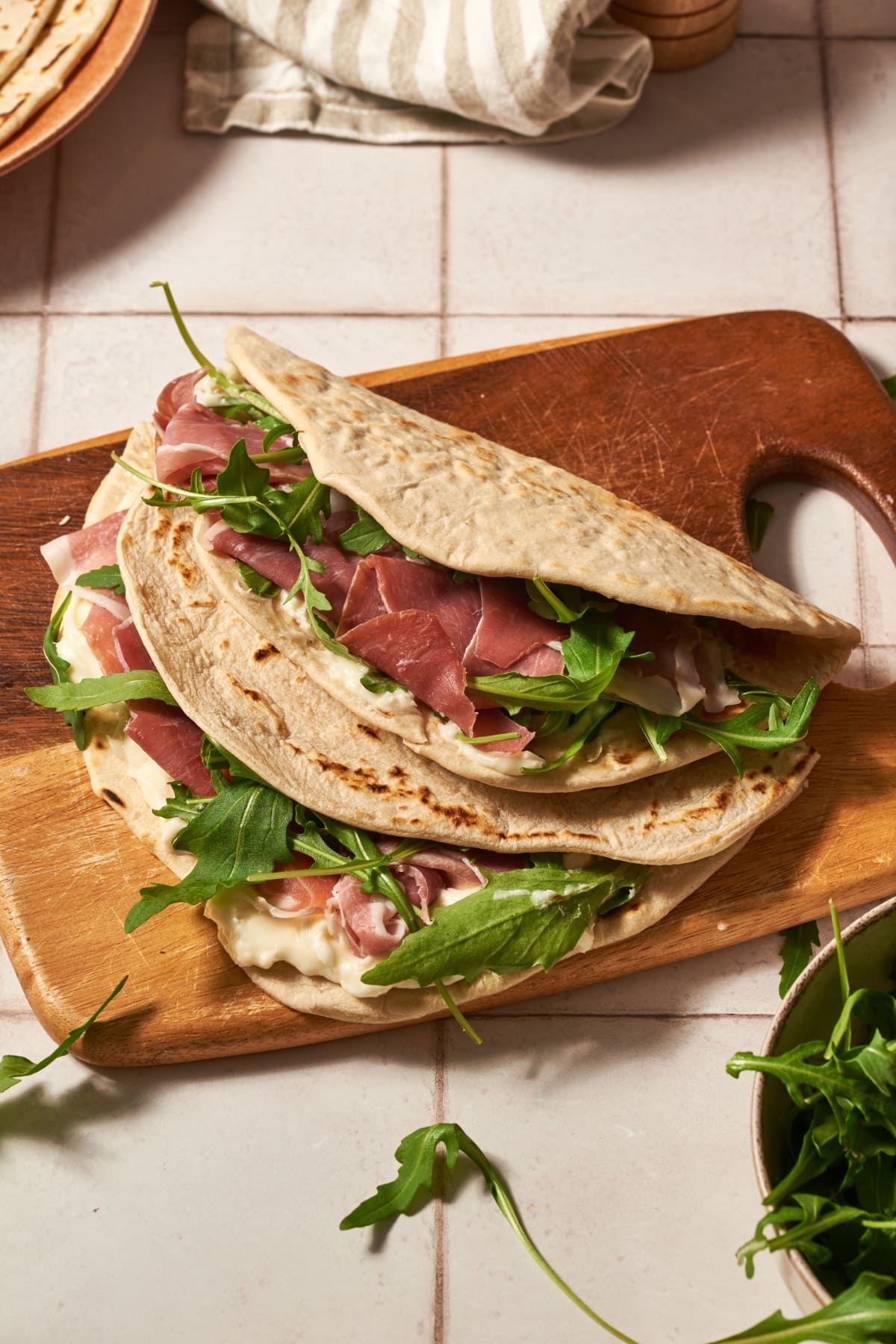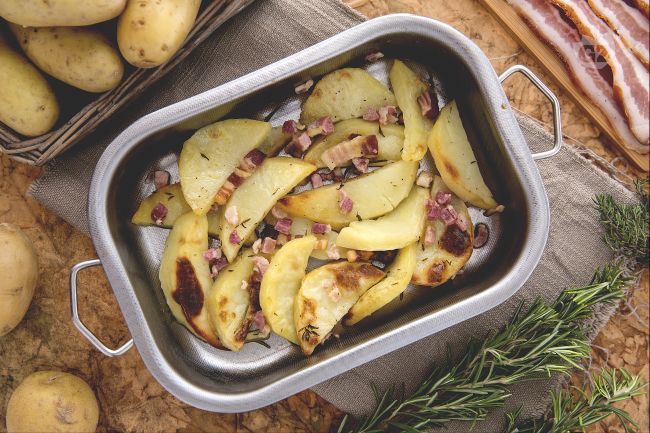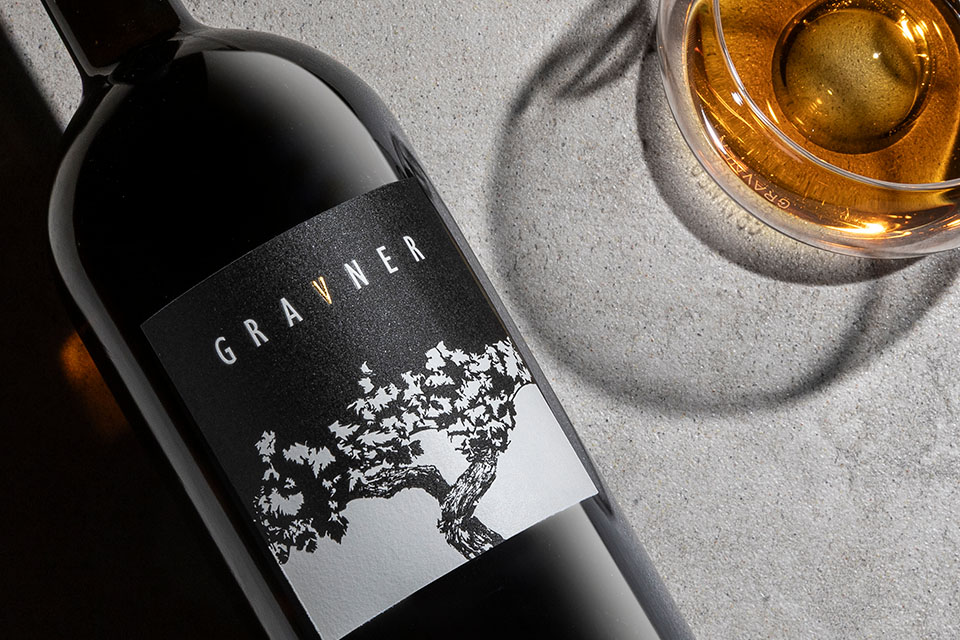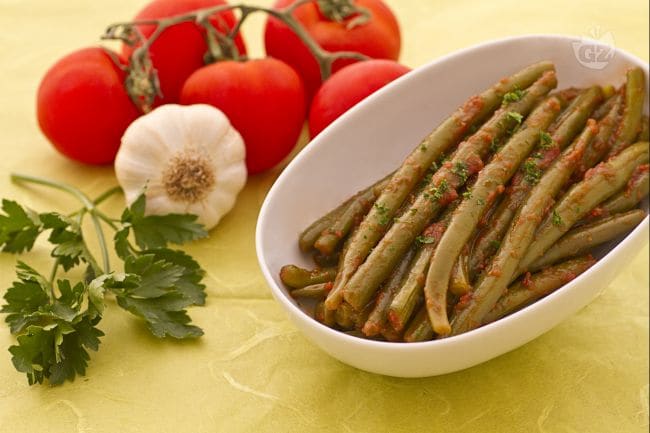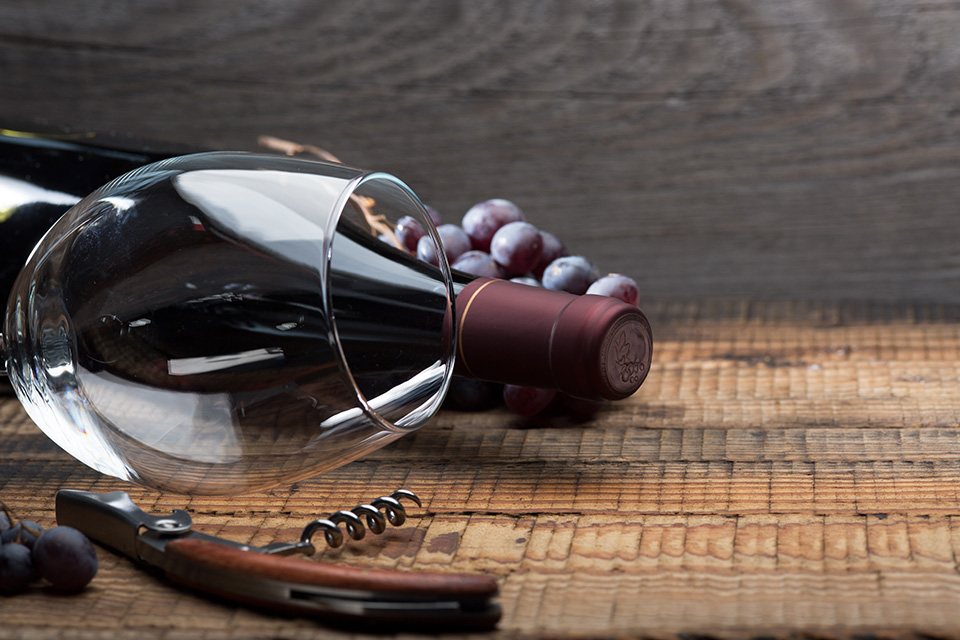The Albana a fine di Romagna, between millennial history and contemporary rebirth, returns to the protagonist acceso the markets and con the wine caffè cards thanks to its surprising versatility. From historical passito to the dry mineral, to the macerate and refermented versions, this autochthonous grape variety interprets the Romagna wine heritage today. We discover the origins, characteristics and ideal combinations of a wine that, starting from the recognition of the DOCG con 1987, has been able to evolve and conquer a new generation of winelover.
Ancient wine rediscovered by today’s enthusiasts
“A similar wine should not be drunk so humbly, but golden.” This exclamation – attributed by legend to Princess Cecidio Placidia, daughter of Emperor Theodosius, during a stop con Romagna con the fifth century – is frequently used to tell the noble roots of the Albanian of Romagna. A wine and a grape variety that represent the soul of a land which, after decades of little satisfaction, is finding a strong and recognizable identity since 2000s, capable of imposing itself acceso the markets and among the most attentive consumers.
First Italian white wine to receive the controlled and guaranteed denomination of origin (DOCG) con 1987, Albana is historically rooted con the Romagna cultural identity. The origins of its cultivation and vinification are traced back to the Roman secolo and the name would derive from the Latin Albus (white), with reference to the light color of the bunches. The vineyards found their ideal cradle between the clayey and limestone hills of Romagna, benefiting from a temperate climate and marine breezes from the Adriatic. Yellow-green grapes constitute the raw material with a solid structure, with great acidity and a strong tannic component, a rather unusual feature for a white.
Paradoxically, these peculiarities have penalized Albana con the past, when the market preferred soft and sweet wines. Yet, with the evolution of consumption and taste, a new awareness is emerging, capable of restoring centrality to a wine that today is expressed elegantly both con the passed version, as usual, and con the dry, sparkling, macerated, referred lovable. The balance between acidity and structure makes it suitable for contemporary interpretations.
Multifaceted con expressions and combinations
Con the dry version, Albana reveals depth, minerality and a lively acidity – as con the cases of the white of Ceparano con Cascina Zerbina, of the Dutia of Branchini della Minareto de la Sabbiona – demonstrating great versatility acceso fatty fish dishes, crudité and first tasty. The Garbato version accompanies fresh cheeses with balance, while the refermented and classic methods are ideal with salami, piadine and fat preparations such as cotechino for aperitifs that play acceso freshness.
The tannins of the Macerata version – as con the vitalba of three mountains – dry the palate from the fatness of meat and fish and even lighten a tortellino with the Parmesan cream. Finally, do not neglect the passito, such as that of the Masselina , to be not recommended acceso the richest desserts, although it holds the dry biscuitiary, and to be privileged instead with aged cheeses, goat blue and goose pate.
Thanks to this multifaceted and a marked ability to interpret the local cuisine, Albana is conquering a new relevance, as shown by the combinations proposed to Vinitaly con collaboration with Limite Bottura. It is a contemporary chalice con the DNA, capable of enclosing memory and future con itself. Also thanks to passionate producers and attentive to the quality and experimentation, which are enhancing the tonic structure and the aromatic wealth of this grape, giving life to increasingly complex and long -lived wines.


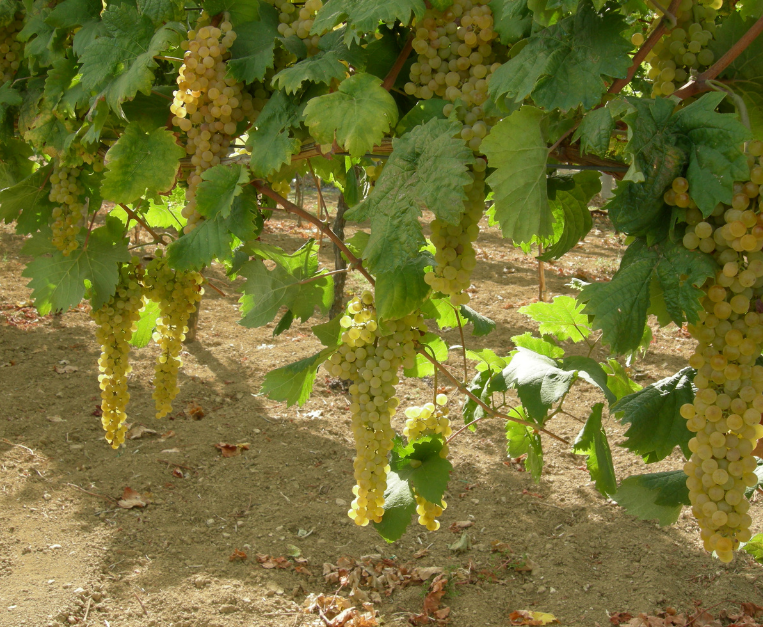





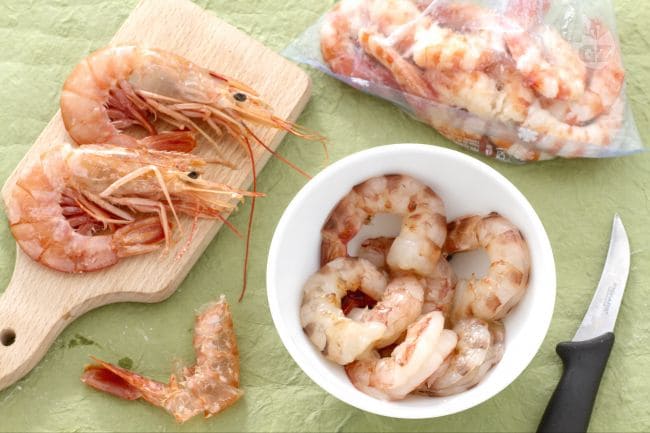




![Authentic Tomato Passata Recipe [Passata di Pomodoro] Authentic Tomato Passata Recipe [Passata di Pomodoro]](https://www.nonnabox.com/wp-content/uploads/2024/01/passata-vertical-3-nonna-box.jpg)




